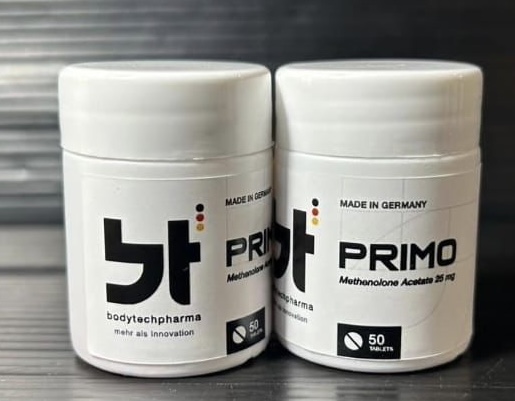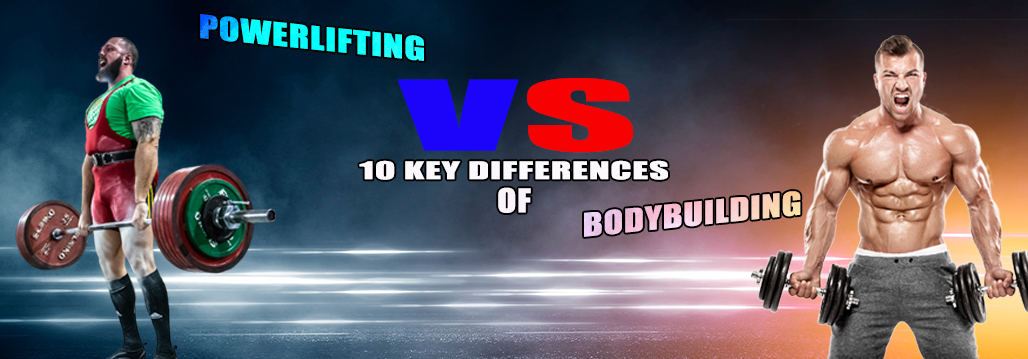
Powerlifting and bodybuilding are both popular forms of strength training, but when it comes to the goals and techniques involved in each sport, these two activities differ significantly. While powerlifting focuses on maximal weight for a single repetition and bodybuilding emphasizes muscular size and shape, many more nuances between the two sports can be challenging to understand at first glance. Here is a quick overview of the ten key differences before we look at them a little closer:
1.Definition: Powerlifting is a strength sport that consists of three exercises: the squat, bench press, and deadlift. On the other hand, bodybuilding is a sport focused on muscle size, symmetry, and definition.
2.Training Approach: Powerlifting focuses on maximal strength and power, often using heavy weights for low reps. Bodybuilding emphasizes hypertrophy and muscular endurance, typically using lighter weights for higher reps and more sets.
3.Competition: Powerlifting competitions focus on the lifter's ability to lift the most weight in the three lifts. On the other hand, bodybuilding competitions are about the appearance of the athlete's physique and muscle definition.
4.Equipment: Powerlifting requires minimal equipment, the most important being a barbell and weight plates. Bodybuilding, however, often requires a broader range of equipment, including dumbbells, barbells, weight machines, and resistance bands.
5.Muscle Groups: Powerlifting focuses primarily on the major muscle groups, such as the legs, back, and chest. Bodybuilding also trains these muscle groups and emphasizes smaller, supporting muscle groups such as the biceps, triceps, and calf muscles.
6.Nutrition: Both powerlifting and bodybuilding require a balanced and nutritious diet, but powerlifting may need more calories and protein to support strength gains. Bodybuilding often focuses on macronutrient manipulation and strict dieting to achieve a desired physique.
7.Rest and Recovery: Powerlifting requires adequate rest and recovery time between heavy lifting sessions to avoid injury and promote muscle growth. Bodybuilding emphasizes rest and recovery but may involve active recoveries such as stretching or light cardio.
8.Goals: Powerlifting focuses on improving overall strength and power, while bodybuilding enhances the physique's appearance through muscle size and definition.
9.Performance-Enhancing Drugs: Performance-enhancing drugs such as steroids and human growth hormone that bodybuilders may use to improve muscle size and definition but are not legal in a powerlifting competition.
10.Attitude: Powerlifting often has a competitive and goal-oriented mentality, while bodybuilding focuses on self-improvement and personal satisfaction. Both can be highly rewarding and enjoyable, but the focus and mindset of each athlete can differ significantly.
1.Definition
Powerlifting and bodybuilding are two distinct sports that require different levels of strength, technique, and overall goals. While both are popular forms of fitness training, they differ in various ways. This article will explore the ten key differences between powerlifting and bodybuilding to help readers understand each sport better.
Powerlifting is a strength-based competition where athletes lift heavy weights with proper form as quickly as possible in three different lifts: the squat, bench press, and deadlift. On the other hand, bodybuilding focuses on muscle development by isolating individual muscles to build size and shape while maintaining good form during exercises. Although there is some overlap in movements performed during both powerlifting and bodybuilding, there are essential differences between them that set them apart.
2.Training Approach
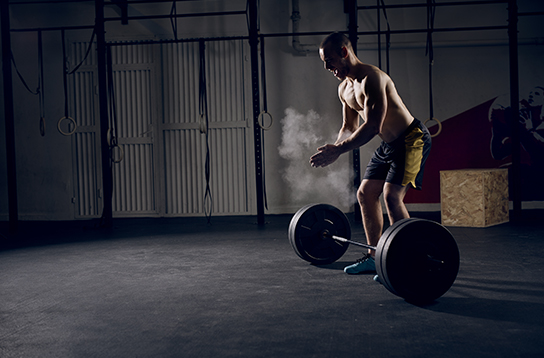
Powerlifting and bodybuilding are two different styles of weight training, each with its own set of techniques and approaches. Powerlifting focuses on building strength through heavy weights, while bodybuilding emphasizes muscle size and definition. In this article, we'll explore ten key differences in the training approach between powerlifting and bodybuilding.
The primary difference between the two approaches lies in their focus. Powerlifters typically use heavy weights for fewer repetitions to build maximal strength. Proper form, technique, and gradual progression can accomplish such strength goals over time. On the other hand, bodybuilders aim to increase overall muscle mass through higher rep ranges with moderate loads for multiple sets per exercise.
3.Competition
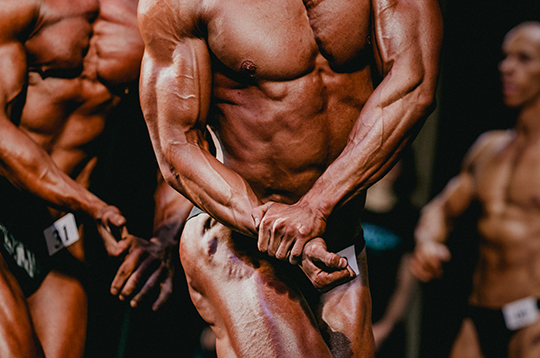
Competition is a significant factor in the world of powerlifting and bodybuilding. While many people may think these two activities are similar, they have distinct differences.
Powerlifting focuses on strength and competing against one's goals, while bodybuilding emphasizes aesthetics and competing against others. Powerlifters must concentrate on how much weight they lift successfully during each exercise with proper form. In contrast, bodybuilders must train for muscle development and size – emphasizing symmetry, proportionality, definition, and aesthetics over raw power output.
4.Equipment
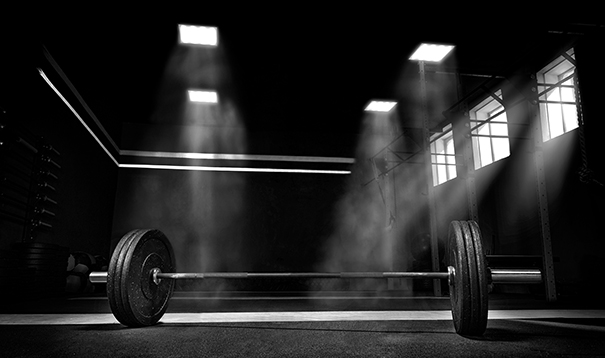
Equipment is one of the critical differences between powerlifting and bodybuilding. Powerlifters use various supportive equipment, such as weight belts and knee wraps, to enhance their performance in competitions. The purpose of this equipment is to help lifters increase their strength and stability during lifts, allowing them to lift heavier weights than they would be able to without it. On the other hand, bodybuilders rely on different equipment designed to help them get bigger muscles or target specific muscle groups. Examples include free weights, machines, cables, bands, and bars. Bodybuilders also use supportive gear such as straps or gloves for comfort but not necessarily for increased performance like powerlifters. This difference in approach means that while powerlifters may be most concerned with how much weight they can lift at once, bodybuilders focus more on form and technique when using their equipment.
5.Muscle Groups
The fitness world is large and complex, with many different types of workouts to choose from. Among these, two particular disciplines that have earned great attention are powerlifting and bodybuilding. While both involve increasing muscular strength, the two approaches are quite different in their methods and results.
Powerlifting focuses on developing three main muscle groups: the chest, the back, and the legs. On the other hand, bodybuilders emphasize all muscle groups to create an evenly developed physique. In addition, powerlifters tend to rely on heavy weights and fewer repetitions. At the same time, bodybuilders use lighter weights, focusing more on perfecting form and doing higher repetitions with shorter breaks between sets.
6.Nutrition
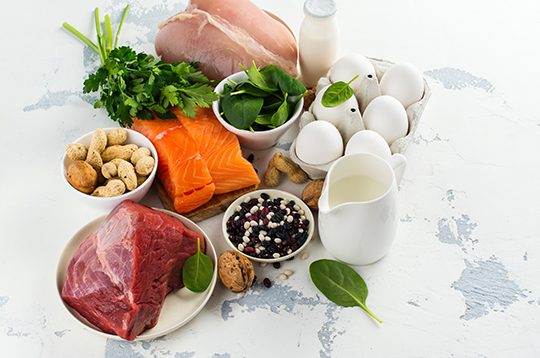
Nutrition is an integral part of any workout regimen, especially regarding powerlifting and bodybuilding. The two forms of exercise have many similarities, but there are also some significant differences in how they fuel their bodies. Here are some distinctions between powerlifting and bodybuilding when it comes to nutrition:
First and foremost, powerlifters strive for strength over aesthetics. Therefore, they load up on protein-rich foods like eggs, meat, fish, and dairy to help build muscle mass that will help with weightlifting performance. On the other hand, bodybuilders focus more on leaner proteins like chicken breast that help them maintain low body fat while still providing enough energy for intensive workouts.
In addition to protein sources, there are differences in calorie counts between the two sports.
7.Rest and Recovery

Rest and recovery are essential for any athlete, whether a powerlifter or bodybuilder. Without rest and recovery, an individual's performance can suffer drastically and lead to injury. So what separates the two in terms of rest and recovery?
First, powerlifting calls for more intensity during training sessions than bodybuilding. With more intensity comes longer rest periods; resting a day or two between workouts is advisable to allow muscles to recover from heavy lifts. On the other hand, bodybuilders tend to train with less intensity which means shorter rest periods of about 24 hours between workouts.
8.Goals
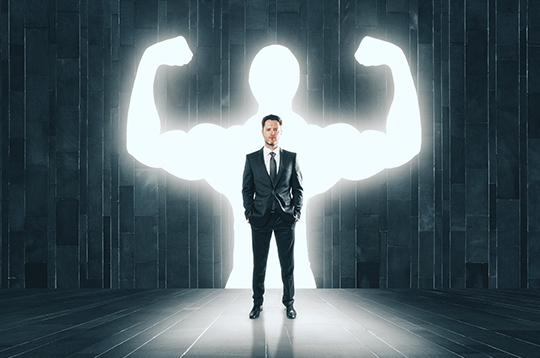
When it comes to physical fitness, there are many different goals people set out to achieve. Some aim to gain strength and power, while others focus on developing a lean and muscular physique.
Powerlifting and bodybuilding are two distinct methods of achieving these goals. While they both involve weight training exercises, there are several key differences between them.
Powerlifting focuses on increasing an individual's maximum strength through compound exercises such as squats, deadlifts, bench presses, and overhead presses. This type of training requires a lot of dedication and hard work to push the body beyond its limits and improve overall performance in the gym. On the other hand, bodybuilding emphasizes developing muscle size with isolation exercises like bicep curls and triceps extensions.
9.Performance-Enhancing Drugs
Performance-enhancing drugs can be a controversial topic in both powerlifting and bodybuilding. While these drugs are prohibited in professional competitions, they are still an issue that athletes must address, regardless of the sport. Performance-enhancing drugs can have a wide range of effects on an athlete's body and performance, depending on what type they choose to use. It is important to note that while these substances may provide short-term benefits, there are often long-term health risks associated with their use.
In terms of physical training, powerlifting and bodybuilding involve different exercises intended to target other muscle groups; however, both sports require a great deal of dedication and hard work from their athletes.
10.Attitude
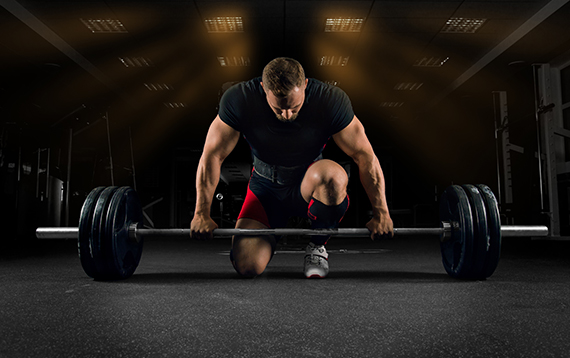
A proper attitude is one of the most important aspects of any physical activity, especially regarding powerlifting and bodybuilding. Both activities require mental strength and determination to succeed and create results. When it comes to powerlifting, having the right attitude can help you push yourself further and work harder to reach your goals. It is also essential for bodybuilders who must stay motivated and continue pushing themselves toward their desired physique.
Having a positive attitude is critical to becoming successful at either sport. With powerlifting, maintaining focus while enduring intense physical exertion will be strenuous without an optimistic outlook on life. Similarly, bodybuilders must remain determined during their training routines to achieve the desired muscular look they are striving for.
Conclusion
The conclusion of 10 key differences between powerlifting and bodybuilding presents the reader with a comprehensive understanding of how these two training styles differ. Powerlifters improve their strength by focusing on compound or multi-joint exercises. In contrast, bodybuilders focus on developing muscle size and shape through isolation exercises and a higher volume of reps. Additionally, powerlifters typically compete in weightlifting competitions, while bodybuilders compete in physique competitions. Both forms of training can be effective for reaching fitness goals, but it is crucial to understand the differences before beginning either.
Powerlifting and bodybuilding both have their distinct benefits, which makes them popular among athletes as well as everyday gym goers. Knowing what type of training is best suited for you will help you get the most out of your workout routines and achieve your desired results more efficiently.


